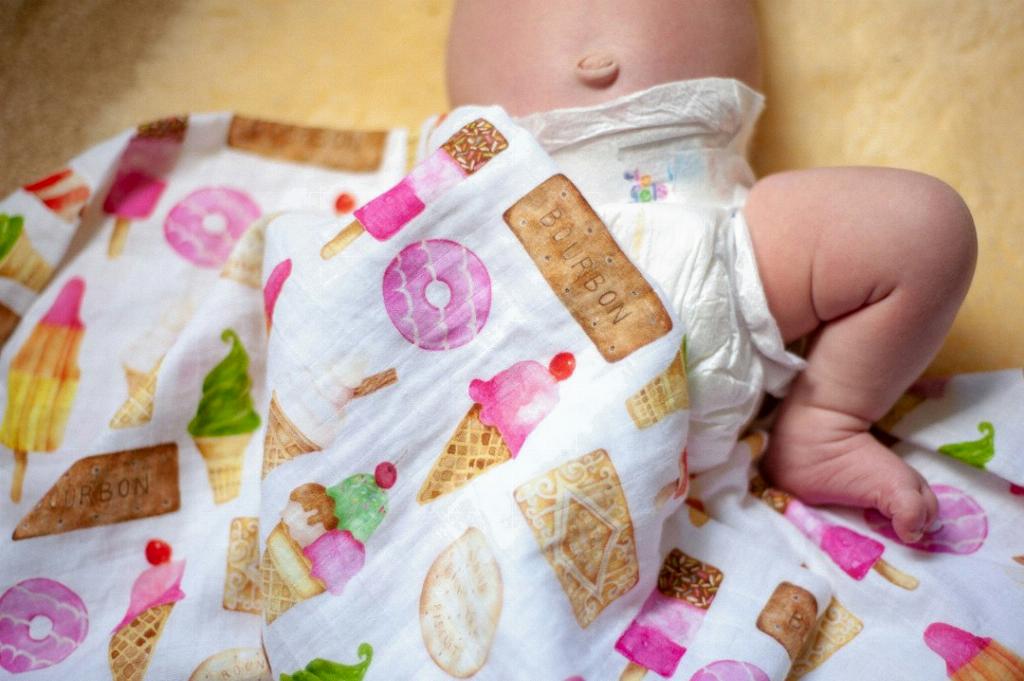When we talk about diapers, it’s important to understand the key reasons why they are often not considered biodegradable. Let’s delve into the components that make up a typical diaper and how these materials impact their ability to break down naturally.
Materials Used in Diapers
Diapers are typically composed of a combination of materials, including paper, plastic, and an absorbent core. These materials are selected to provide the necessary functionality of a diaper, such as liquid absorption, containment, and comfort for the baby wearing them.
Plastic Components
One of the primary reasons why diapers are not biodegradable is the presence of plastic components. Plastic is a synthetic material that is known for its durability and resistance to degradation. When used in diapers, plastic serves as a waterproof outer layer that prevents leaks and keeps the baby dry.
Non-Biodegradable Nature
Because of the non-biodegradable nature of plastic, diapers that contain plastic components can take hundreds of years to decompose in a landfill. This poses a significant environmental challenge, as these discarded diapers contribute to long-term waste accumulation.
Absorbent Materials
Another factor that contributes to the non-biodegradability of diapers is the absorbent materials used in the diaper’s core. These materials are designed to quickly absorb and retain liquids, keeping the baby comfortable and dry. However, the synthetic nature of these absorbents hinders their ability to break down naturally.
Contamination with Human Waste
In addition to their material composition, diapers are often contaminated with human waste. This contamination further complicates the biodegradation process, as human waste contains harmful pathogens and bacteria that can pose risks to the environment if not properly treated.
Recycling Challenges
Due to the complex combination of materials in diapers and their contamination with human waste, traditional recycling methods are not suitable for used diapers. This lack of recycling options contributes to the accumulation of non-biodegradable diaper waste in landfills.
Compostable Diaper Alternatives
While many conventional diapers are not biodegradable, there are eco-friendly alternatives available in the market. Brands like Eco Pea Co. offer compostable diapers made from plant-based materials that break down more easily in composting environments.
Environmental Impact
The environmental impact of non-biodegradable diapers is substantial, as the accumulation of diaper waste in landfills contributes to pollution and resource depletion. The use of biodegradable or compostable diaper options can help mitigate these environmental concerns.
Consumer Awareness
As consumers become more environmentally conscious, there is a growing demand for sustainable diaper options that minimize the ecological footprint of diaper usage. Educating consumers about the impact of non-biodegradable diapers can drive greater adoption of eco-friendly alternatives.
Regulatory Considerations
Governments and regulatory bodies are increasingly focused on addressing the environmental impact of disposable products like diapers. Implementing measures to promote the use of biodegradable or compostable diapers can help reduce waste generation and promote sustainability.
Conclusion
In conclusion, the non-biodegradable nature of diapers is primarily attributed to the use of plastic components, synthetic absorbent materials, and contamination with human waste. By exploring eco-friendly diaper options and advocating for sustainable practices, we can work towards a more environmentally conscious approach to diaper usage.

